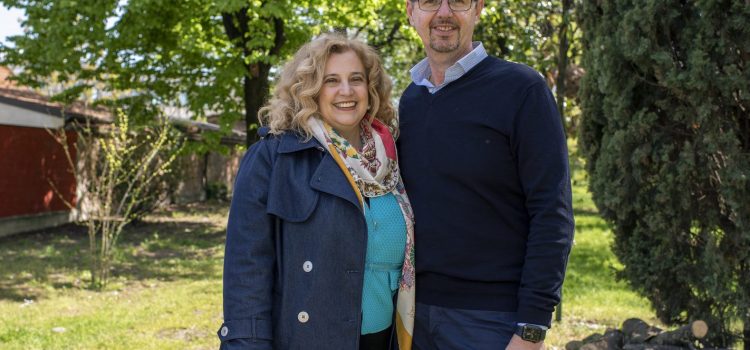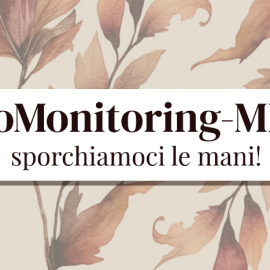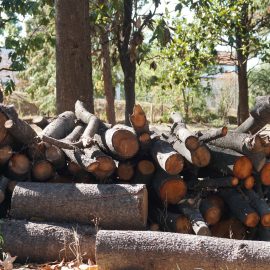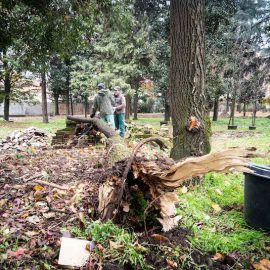
“This is going to be a free access Vivaio to citizens and schools that we invite to come and learn about metropolitan biodiversity. We started in Covid’s time; we have come to a 30-year concession. A milestone and a new beginning. Studying and researching here is wonderful: students are taught in the augmented reality of nature.”
With these words full of satisfaction, the Rector of the University of Milan Bicocca, Giovanna Iannantuoni, commented on the final entrustment of Vivaio Bicocca to the University, by the City of Milan.
According to the agreement with Palazzo Marino, the seven thousand square meters between Via Roberto Cozzi and Via Emilio De Marchi are in concession to UNIMIB until 2053. This is a great achievement for the University, which thus sees crowned a project born three years ago.
“It was Valentine’s Day, and Covid had just begun,” recalls Professor Massimo Labra, Director of Vivaio Bicocca and expert in botany and molecular and plant biology, “the City gave us this abandoned area to do research, teaching and to be even more a part of the neighborhood, in a shared space that is becoming more and more experienced by citizens as well. The first agreement had a duration of three years and called for a great result: to make the area come alive. And not only of new biodiversity, but also by citizens, by students.
The first projects were born, the schools came.
Vivaio Bicocca has slowly become a nursery not only for biodiversity, but also an effective incubator of ideas, debates and new projects. It is not easy to find places to discuss complex issues such as climate change and sustainability, but it is even more difficult to find a space to structure constructive relationships between curious citizens, students and researchers.
Urban biodiversity is a founding and central element of this ambitious project, and it is bearing excellent fruit: today, among the foliage of the trees in the Vivaio, you can hear the song of the Firecrest, which has returned to nest in the city. Its notes are mixed with the hammering of the Woodpecker. In the pond, three species of dragonflies have found a home, while in the “Garden of Simples” medicinal plants are being studied that may hold other secrets, such as Ginkgo biloba.
“It’s a super-condominium in the green,” Professor Labra jokes.
The new concession will allow non-impacting green classrooms for students. Thanks to PNRR, there will be a mega-greenhouse: “A National Center for Biodiversity will be born,” Labra stresses, “with 16 greenhouses that we will use as ‘stress tests’ for plants, to understand which among them tolerate climate change the most. Each cell will present different environmental conditions to find the plants that science says will be best suited to live in the city in 2025, in 2030, in 2053.”
For Vivaio Bicocca, an increasingly rosy – or should we say ‘green’ – future is emerging.



